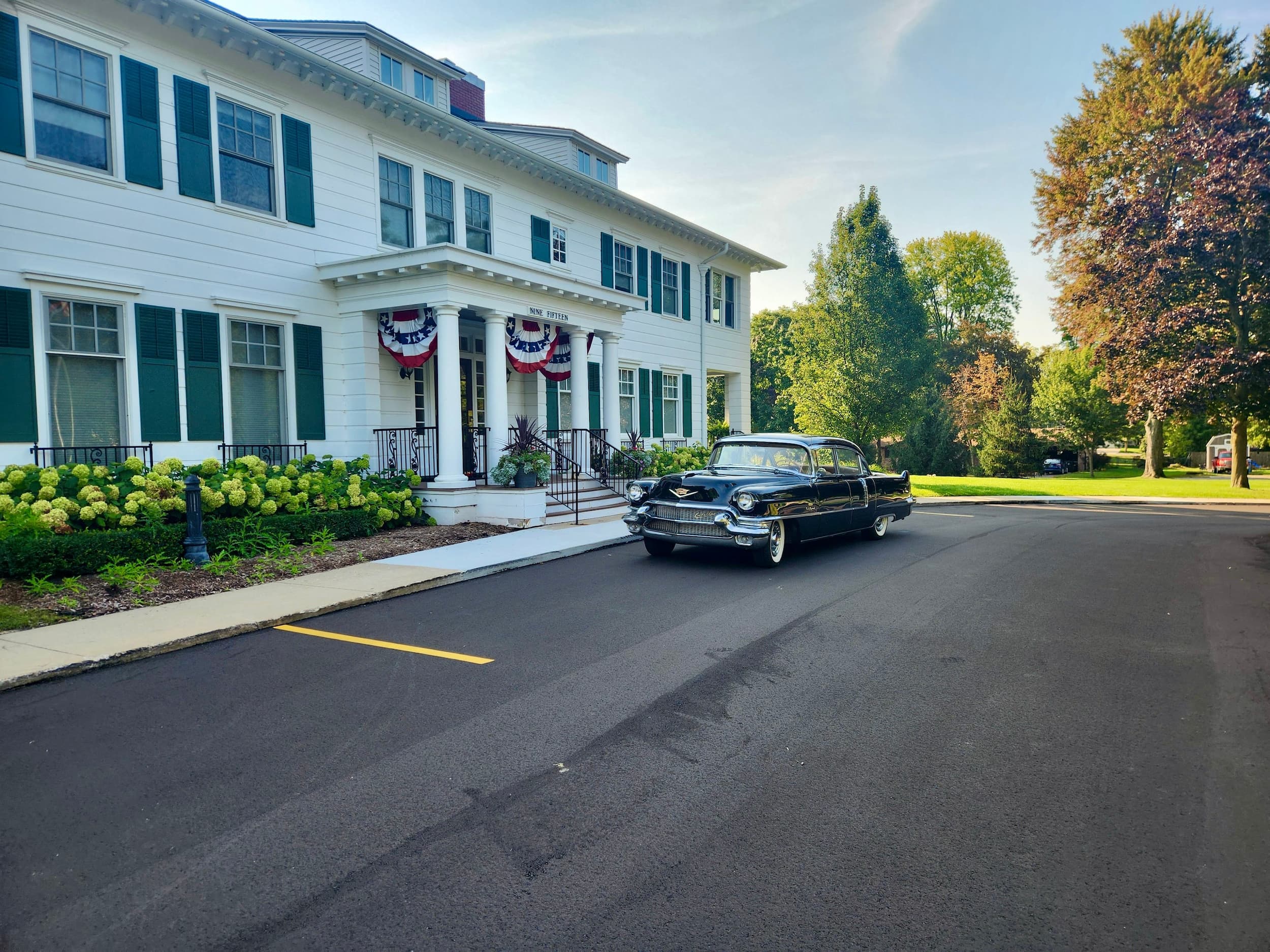Posted in Uncategorized
Bicycling is an excellent mode of transportation, whether for commuting, fitness, or recreation. However, staying safe on the road requires careful attention to various factors. From awareness of surroundings to using proper gear, cyclists must take several precautions to reduce the risk of accidents. A bicycle accident lawyer can assist if you are ever in an accident, but it is best to take whatever precautions you can think of to avoid issues. Our friends at The Eskesen Law Firm list some ways to stay safe on the road.
Wear The Right Protective Gear
One of the simplest ways to protect yourself as a cyclist is by wearing appropriate protective gear. A properly fitted helmet can reduce the severity of head injuries in case of an accident. Choose a helmet that meets safety standards and is comfortable for long rides.
Reflective clothing and bright colors also make a big difference. This allows motorists to see cyclists more clearly, especially in low-light conditions. Using reflective stickers or lights on the bike further enhances visibility. It’s not just about helmets and reflective gear, though—cycling gloves can protect hands, and padded shorts can make longer rides more comfortable, reducing fatigue that could lead to errors.
Follow Traffic Laws And Signals
Just like cars, cyclists must follow the same traffic laws. This includes stopping at red lights and stop signs, signaling before turning, and yielding when required. Obeying the rules of the road not only keeps cyclists safe but also helps build respect between drivers and cyclists.
Hand signals are essential for communicating intentions to other road users. Always use them when making a turn or merging into a lane to ensure that everyone around understands what will happen next. People still get injured, even with all the proper precautions. This is when you need to contact a bicycle accident attorney to assist.
Stay In The Right Lane
Cyclists should always ride in the direction of traffic, staying as far to the right as possible unless overtaking another cyclist or vehicle. In some areas, bike lanes are designated for cyclists, and it’s important to use them whenever they are available.
In situations where there are no bike lanes, ride confidently but stay alert. Being predictable in movements helps prevent sudden encounters with cars or other cyclists. It’s crucial not to weave in and out of traffic or onto sidewalks unless absolutely necessary.
Stay Aware Of Your Surroundings
Situational awareness is a vital part of safe cycling. Cyclists need to watch for opening car doors, pedestrians, and other vehicles at all times. Keep an eye out for road hazards, including potholes, debris, and uneven surfaces that could cause the bike to slip or lose control.
Listening to music or using a phone while riding can reduce your ability to react to sudden changes in traffic or road conditions. Avoid distractions to keep full focus on the road. By being alert and maintaining a steady pace, cyclists can anticipate and react quickly to potential hazards.
Maintain Your Bicycle Regularly
A well-maintained bike is less likely to fail at a crucial moment. Regular maintenance should include checking the brakes, gears, and tires before every ride. Proper tire inflation is particularly important, as it provides better control and reduces the chance of punctures.
Lubricating the chain and ensuring that all bolts are tightened can prevent mechanical issues while riding. When in doubt, have a professional check the bike periodically to ensure it remains in top condition.
Be Cautious In Heavy Traffic
In busy urban environments or during rush hour, cyclists face additional challenges. Heavy traffic can increase the likelihood of accidents, so it is important to remain cautious when navigating through congested streets.
Avoid riding too close to vehicles, especially large trucks and buses, as their blind spots can make cyclists nearly invisible. Try to make eye contact with drivers at intersections to ensure they see you, and always assume that other road users may not be paying attention.
Take Extra Precautions At Night Or In Poor Weather
Cycling at night or in bad weather presents unique risks. Rain, fog, and darkness all reduce visibility, so additional safety measures should be taken. Use bright, flashing lights on both the front and back of the bike to increase visibility to drivers. Fenders can help prevent water from splashing up, making the ride safer and more comfortable.
In rainy conditions, allow extra time for braking, as wet surfaces reduce traction. Avoid puddles, which could conceal deep potholes or other hazards.
Reach Out To A Firm Today
Staying safe on the road as a cyclist requires vigilance, proper equipment, and adherence to traffic laws. However, even with these precautions, accidents can still happen. If you or someone you know has been involved in a bicycle accident, seeking legal guidance can help ensure that proper steps are taken for recovery and compensation. Contact bicycle accident lawyers with experience to explore your options and get the support you deserve after an accident.


